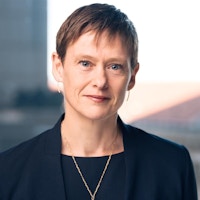Adaptive Capacity: Building and Facade System Responsiveness to Changing Social Behaviors
- Session at Facade Tectonics Forum: NYC
Escalating factors of social unrest, terrorism, pandemics and more, can quickly and dramatically compromise a buildings functionality, potentially rendering it unfit for its intended purpose and threatening it with premature functional obsolescence. Covid-19 has revealed many shortcomings in building design that can inform facade system design. A lack of “adaptive capacity” in buildings can easily lead to premature obsolescence having nothing to do with degradation, but rather the demands of unanticipated social and technical change. “Future-proofing” is the recent neologism suggesting an antidote to this phenomenon. Certain building types have been particularly challenged during recent events. Airports are a leading example of a building type prone to this form of obsolescence, but they are not alone. Many office buildings, hospitals and hotels are ill equipped to adapt to the new requirements of health care, medical screening and social distancing. It is imperative that buildings and their major systems be designed for appropriate service lives uncompromised by the forces of obsolescence. Adaptive capacity is the measure of a buildings ability to accommodate the pressures of these changing conditions despite the growing uncertainty of what the future may bring. This design-centered session explores building and facade system design and renovation strategies that are effective in this context and their implications for existing buildings and new building construction.



